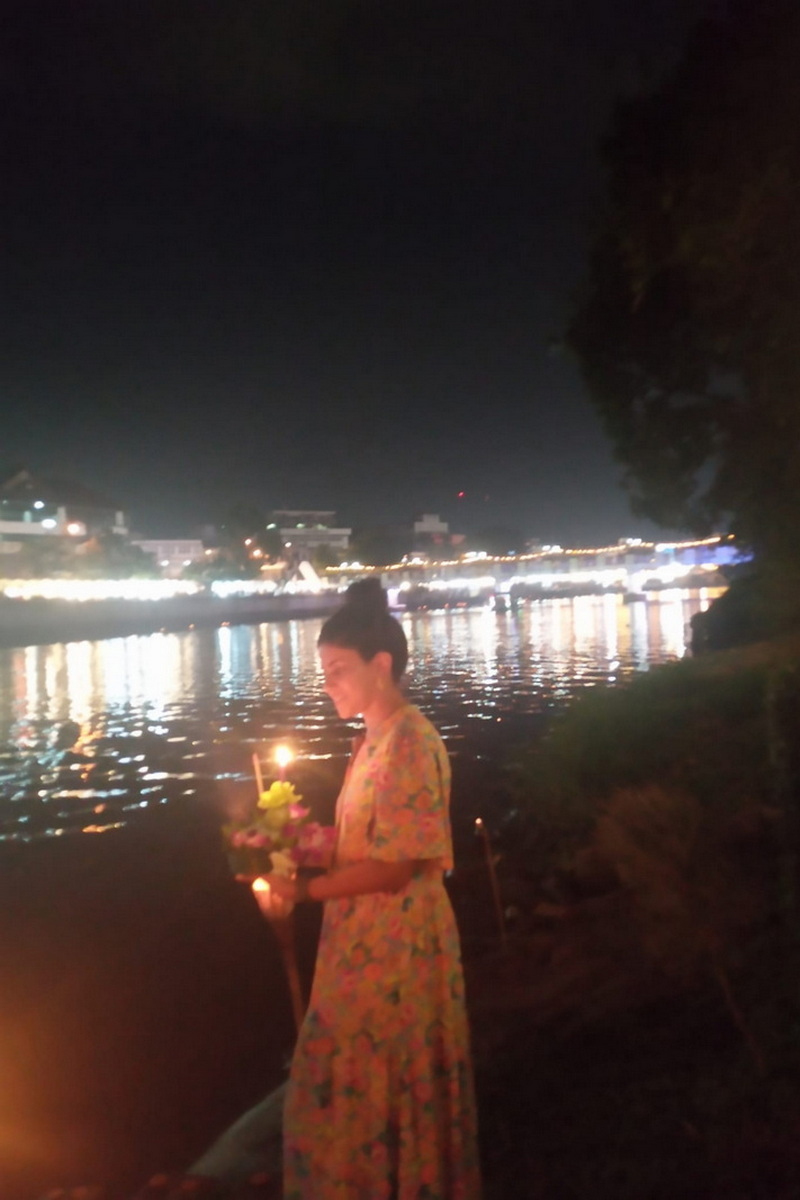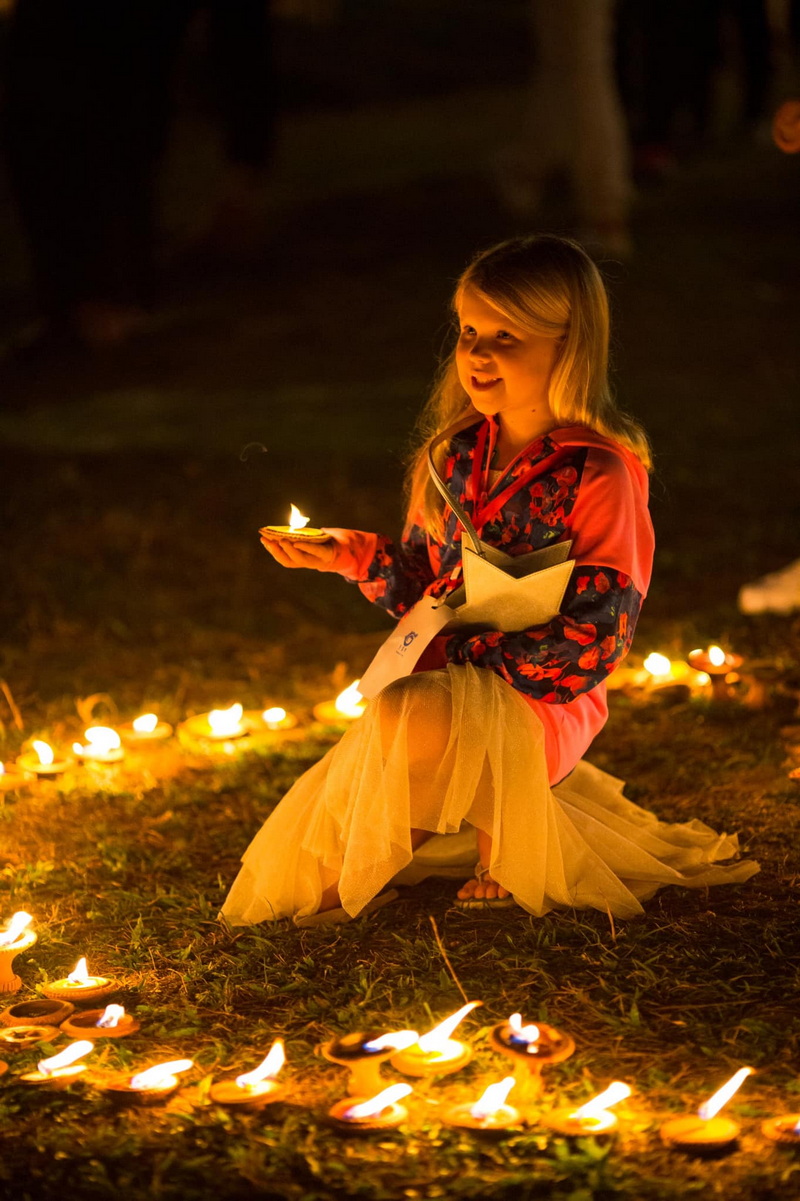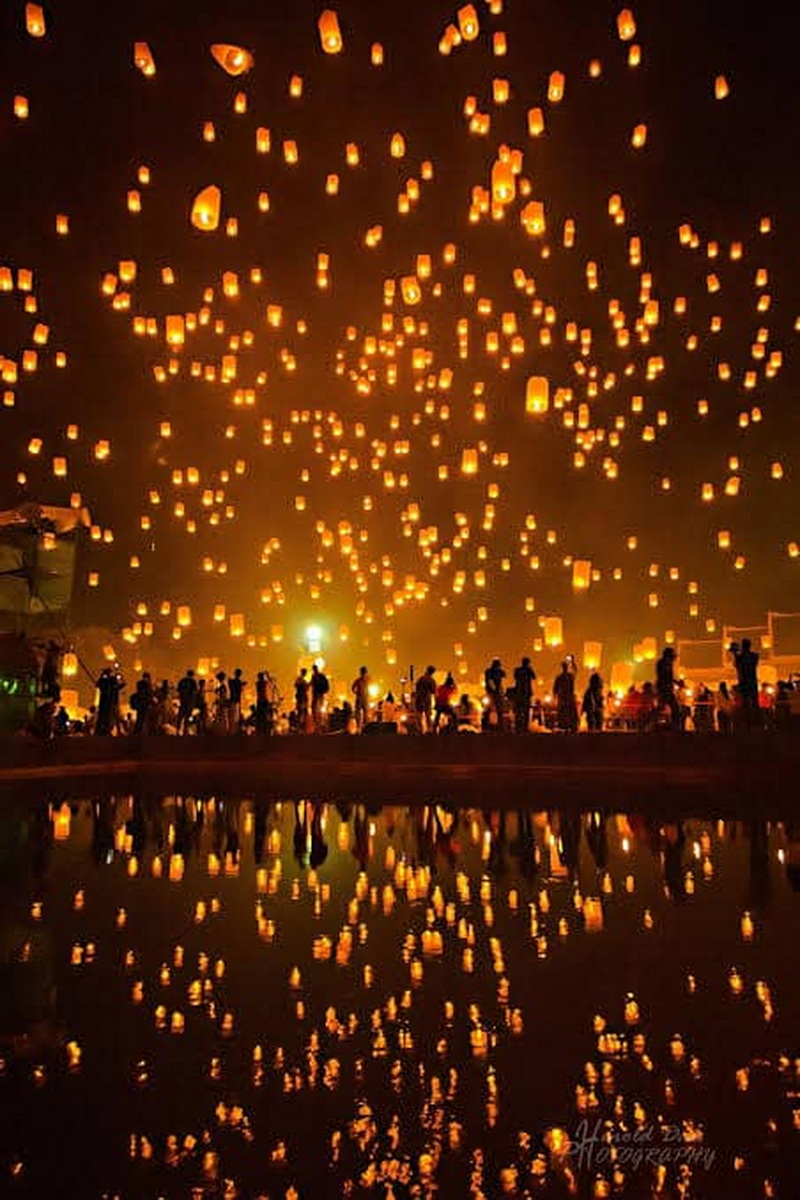Exploring Beliefs about Loi Krathong Day and Its Connection to the Yi Peng Lantern Festival

Delving into the Rich Traditions and Beliefs Surrounding Loi Krathong Day
Loi Krathong Day is a significant Thai celebration with a multitude of beliefs and customs. This festival, which shares a connection with the Yi Peng Lantern Festival, highlights the spiritual and cultural aspects of Thai society. In this article, we will explore the various beliefs about Loi Krathong Day and its relationship with the Yi Peng Lantern Festival.
In the northern region of Thailand, Loi Krathong Day is often referred to as “Yi Peng,” signifying the act of making merit on the full moon day of the second month in the Lanna calendar, which corresponds to the twelfth month in the Thai calendar. Yi Peng is also known as “Kite Hom” or “Smoke Kite” due to the tradition of using thin cloth to create lanterns that collect smoke beneath them. These lanterns are then released into the air as a form of worship towards Phra Upakut, a revered figure believed to have practiced mystical spells deep within the sea. This belief aligns with the spiritual traditions of the Burmese people.



-
Loi Krathong to ask for forgiveness from Phra Mae Ganga: Loi Krathong is an annual ritual of expressing gratitude and seeking forgiveness from Phra Mae Ganga, the goddess of the Ganges River. Participants believe that she protects all water sources worldwide, and by floating Krathongs, they show their appreciation for the water’s benefits while acknowledging the pollution they cause.
-
Loi Krathong to worship the gods: The Brahmanism faith inspires the practice of Loi Krathong to worship the gods Shiva, Vishnu, and Brahma. Floating lanterns pay tribute to the Buddha’s footprint on the sandy beach of the Nammada River. Additionally, Loi Krathong venerates the Buddha in various ways, such as welcoming him back from his Buddhist Lent in the Heavenly Tavatimsa.
-
Cut the ends of the hair and nails into the Krathong: Ancient beliefs dictate that placing cut hair and nail ends into a Krathong and setting it afloat symbolizes ridding oneself of misfortune, bad things, or suffering. This practice is akin to an act of exorcism.
-
Put money in the Krathong: By placing money into a Krathong, participants believe they invite wealth, improved finances, and overall prosperity into their lives.
-
Upside-down Krathong: Many people fear their Krathong capsizing, as it is believed to signify a bad omen or impending misfortune. However, this belief is personal, and overturned Krathongs often result from strong currents or winds.
-
Take a bath under the moonlight: On Loi Krathong night, people traditionally bathed under the moonlight, particularly at midnight when the full moon was directly overhead. This act was believed to cleanse away negativity and bring prosperity. It was also thought to soften and beautify the skin.
The beliefs and customs of Loi Krathong Day intertwine with the Yi Peng Lantern Festival, as both ceremonies focus on renewal and paying homage to spiritual beings. The Sky Lantern Festival, celebrated in Northern Thailand, involves floating lanterns in the air to worship Phra Upakut, a revered figure in Thai and Burmese culture. By exploring the beliefs about Loi Krathong Day, we can better appreciate its connection to the enchanting Yi Peng Lantern Festival.
